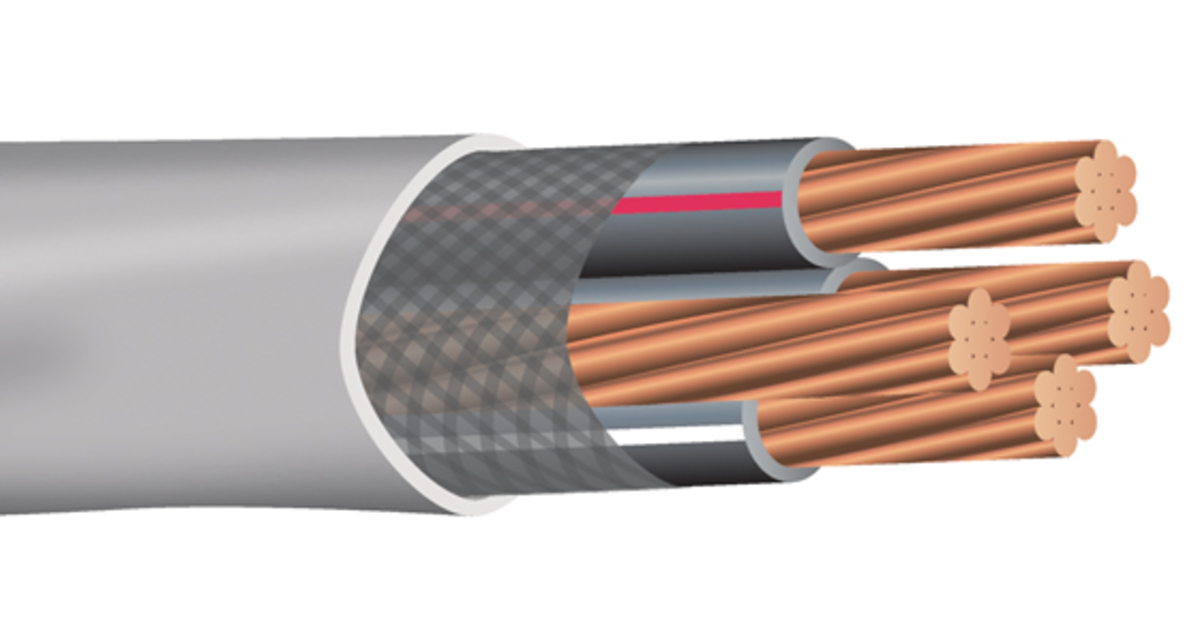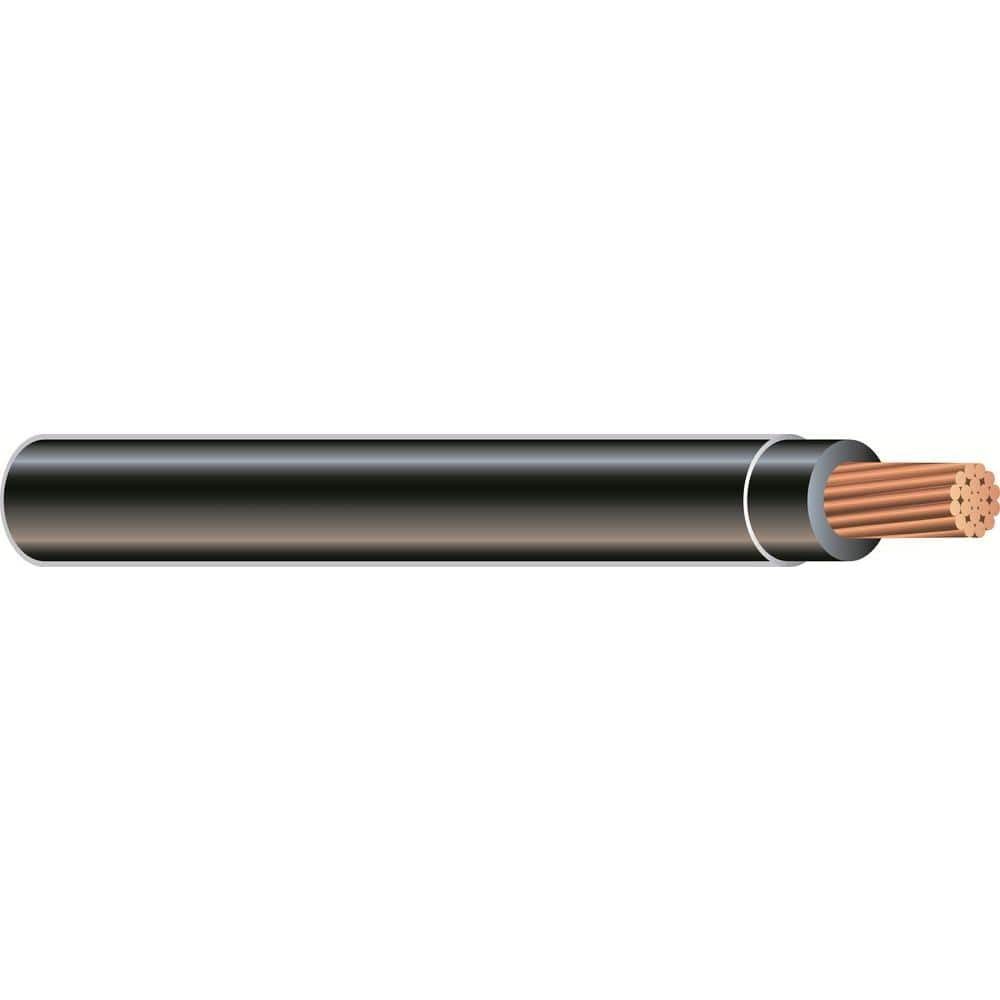Good, some guys with wire knowledge checking in. Reading the early posts made me wonder a bit.
Cost:
Wire gauge gets Expen$$ive fast. So does the hassle (think time) of working with it. A hard-wired 60 amp rated to 48 will cost substantially more than a 14-50 rated to 40amps. Not "a few pennies". The installed cost could double.
It gets harder. The electricians are only going to carry so many gauges in spools. You insist on hardwired 60amp on copper? You may well get to pay for 100' of precut even though they actually needed 75'. At perhaps $15 a foot.
But finding a shop keeping 1000' rolls of 4/3 NM? That's possible. So is somebody keeping something like 2-2-2-3, but it's a LOT bigger and harder to work with. Labor is NOT cheap, especially if its heavy enough to push to a 2, or 3, man crew because the wire will literally pull a guy off a ladder.
So yea, a few things to maybe nitpick on, but the last few guys should be listened too for they obviously (and correctly) understand gauge vs insulation and temp better than the average bear.
Finally I can say this:
1) 14-50? I use them a lot. Make sure you buy commercial grade receptables!!!
2) Personally I'll buy a mobile wired and a wall. If the mobile remains back-ordered you can be certain I'll stick a 14-50 plug on the wall and move forward. I'll just turn down the OBC.
3) Ground fault? All depends on where you live. Many, if not most, cities and towns are slow to adopt NEC code updates. I'd have to go look but GFCI wasn't required on 240V until somewhat recently (maybe 2018?). I would not put one on a 14-50 unless I had too.

 www.southwire.com
www.southwire.com





